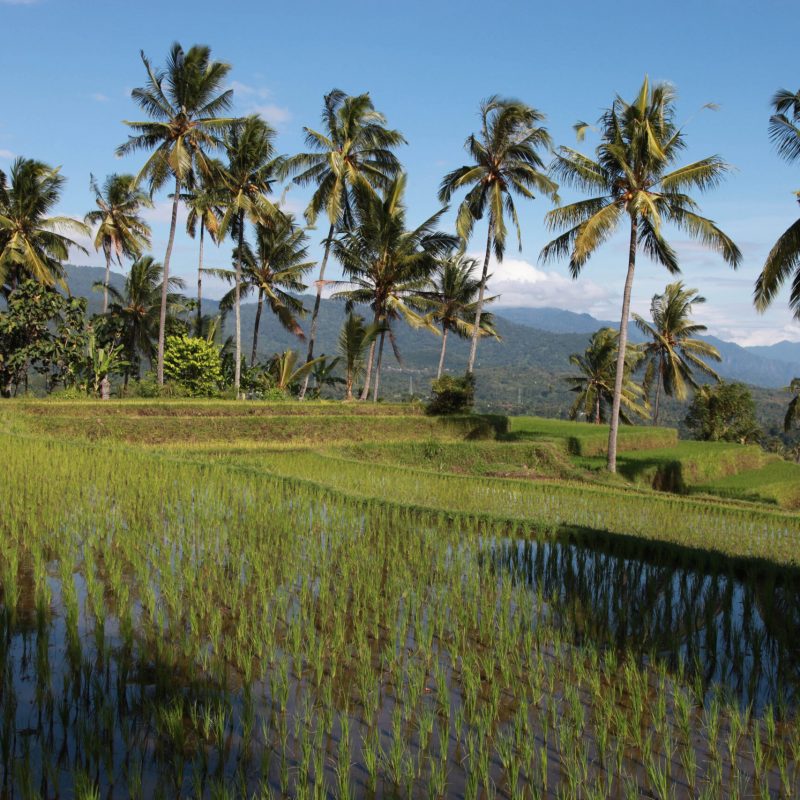
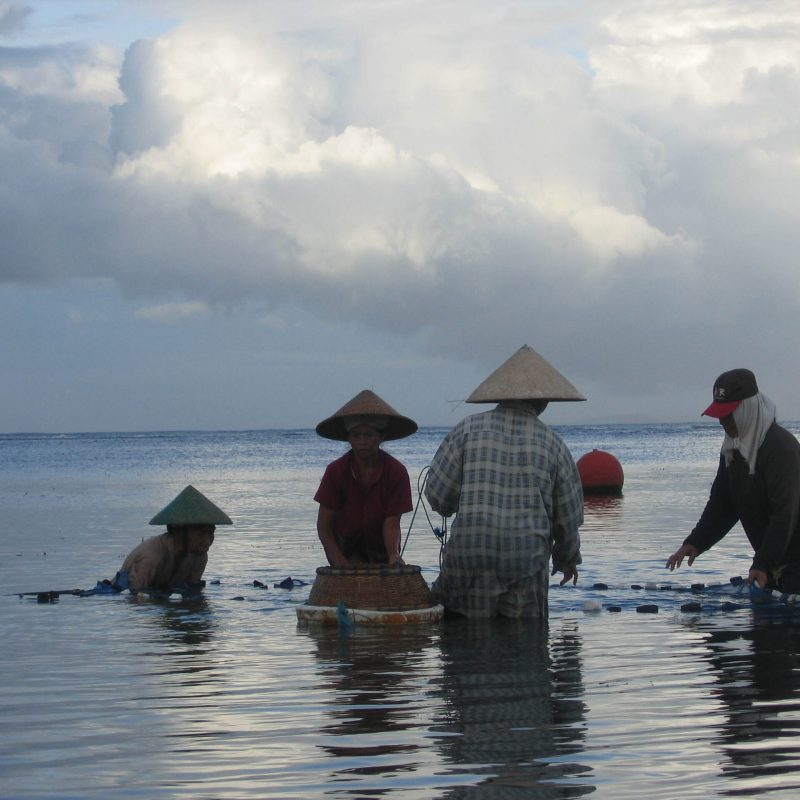
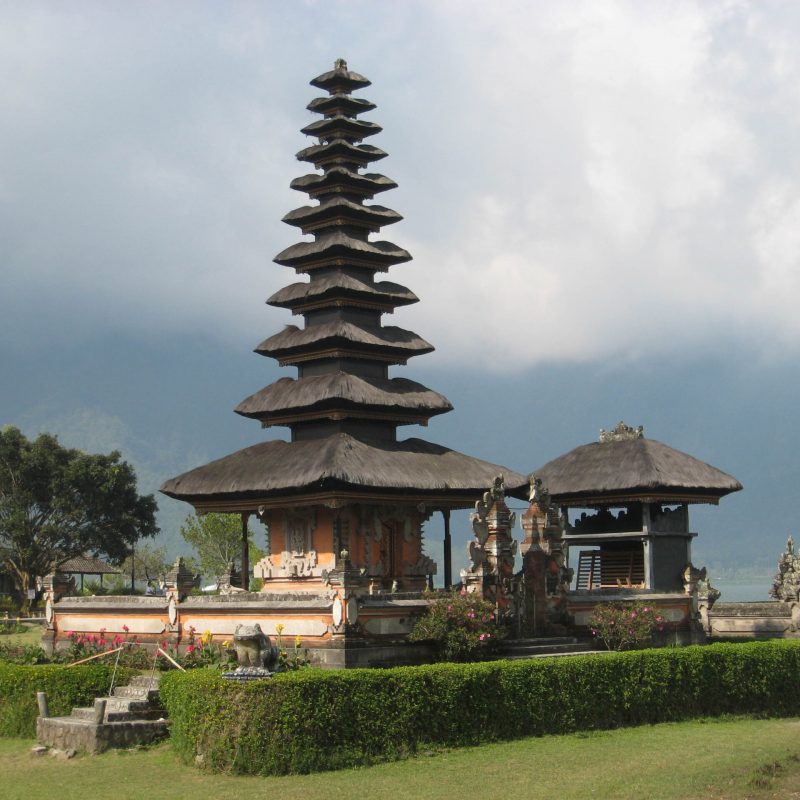
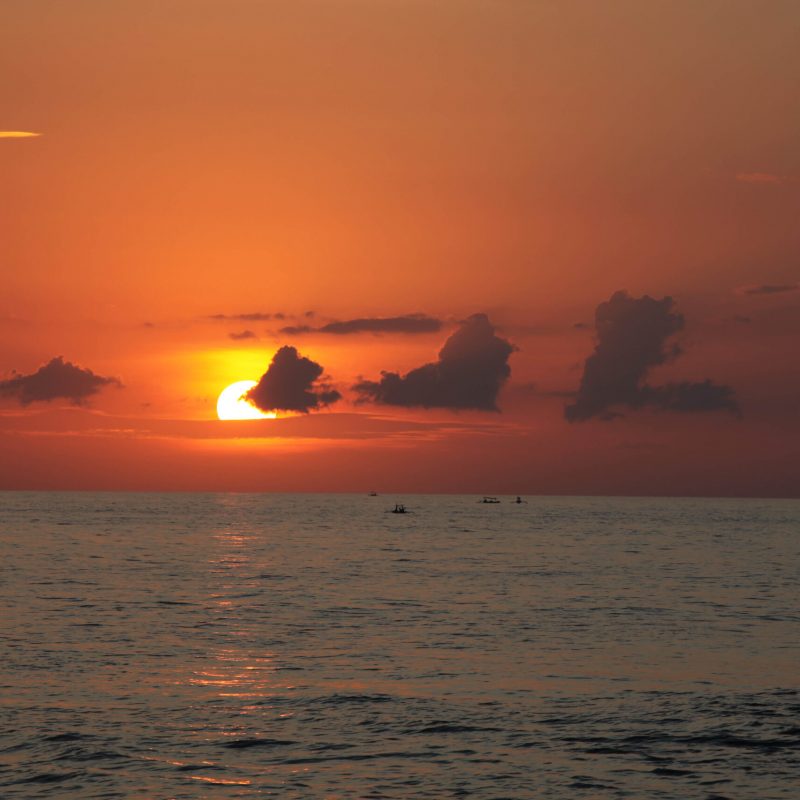
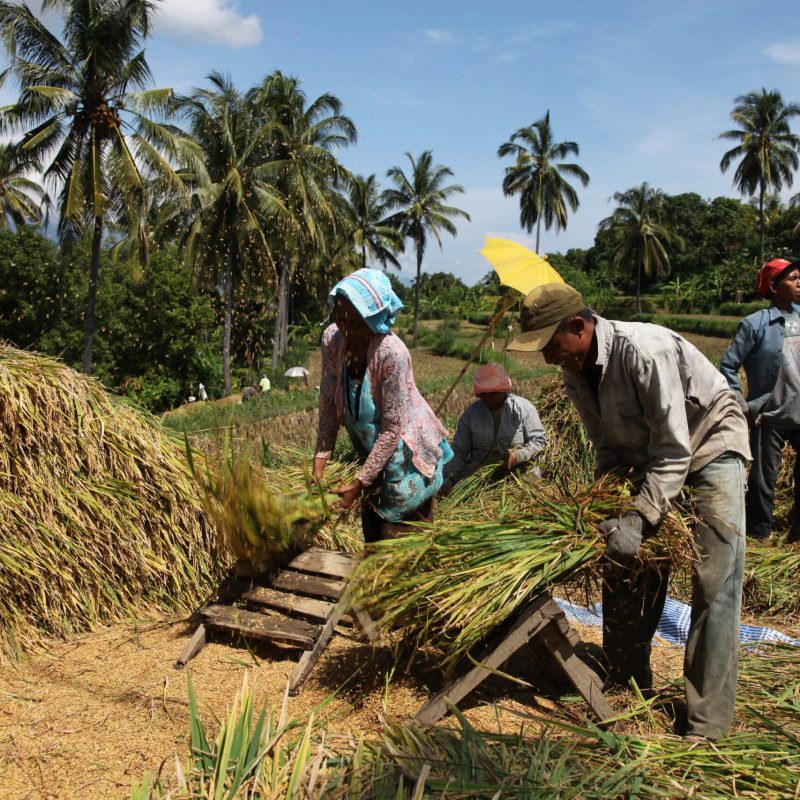
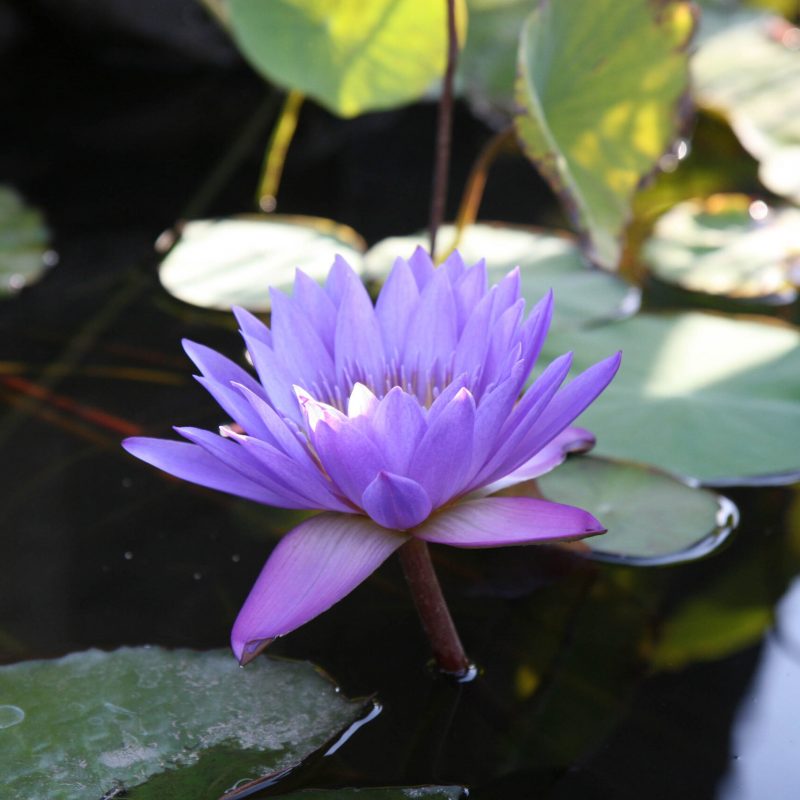
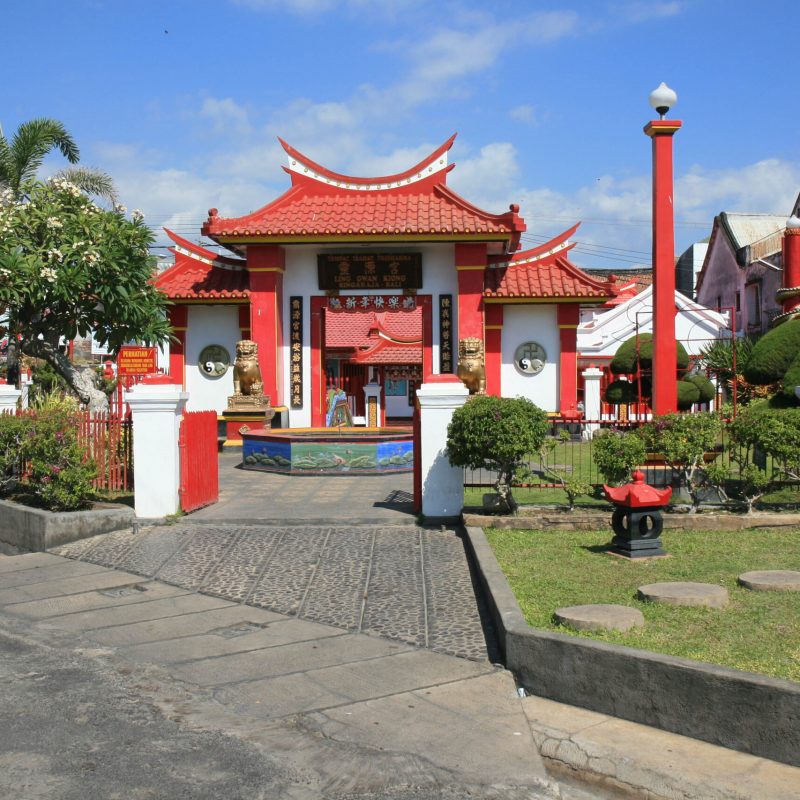
Sightseeing
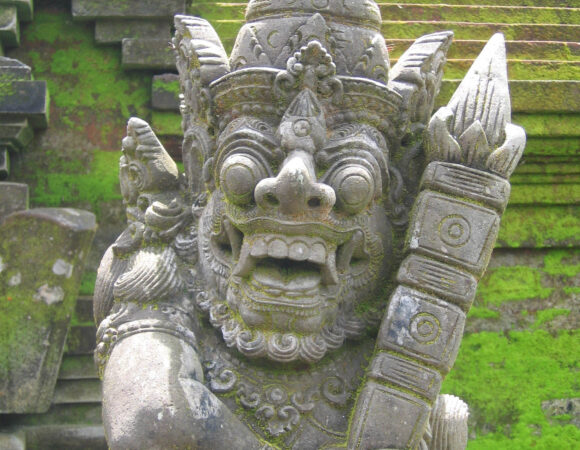
Culture
Bali offers a variety of temples, each having its own specific purpose. East of Lovina, you will find the Beji Temple at Sangsit, which is dedicated to the rice goddess. The Jagaraja temple commemorates the battles with the Dutch. To the west of Lovina is Pulaki temple, which is packed with monkeys who are considered to be descendants of the god Dewa. The Pura Ulun Danu Bratan temple is situated near Bedugul at Lake Bratan. You will pass this temple when you travel from the airport to your villa.
Pura Ulun Danau Bratan
This well-known and beautiful temple is situated at the edge of Lake Bratan, a beautiful lake situated between different mountains, which are partly hidden among clouds. The Bratan lake is important for the irrigation of the southern parts of Bali.
Pura Besakih – the ‘mother temple’
Pura Besakih, the largest and most sacred temple of the Balinese. The temple is located on the slope of the Gunung Agung and was built between the 14th and 18th century. The holy temple complex is located on a hill and can be reached via a long staircase. The temple consists of about 200 buildings that have been divided into 30 complexes on several terraces. It is obligatory to wear a sarong (these are for rent or sale at the gate) and to be decently dressed when you visit the temple.
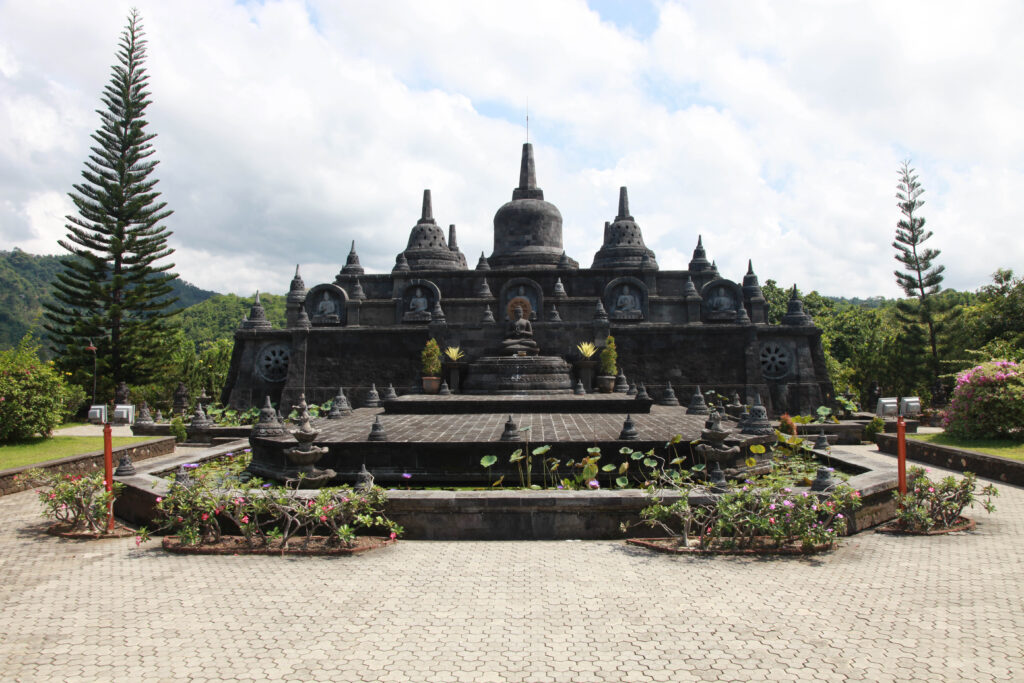
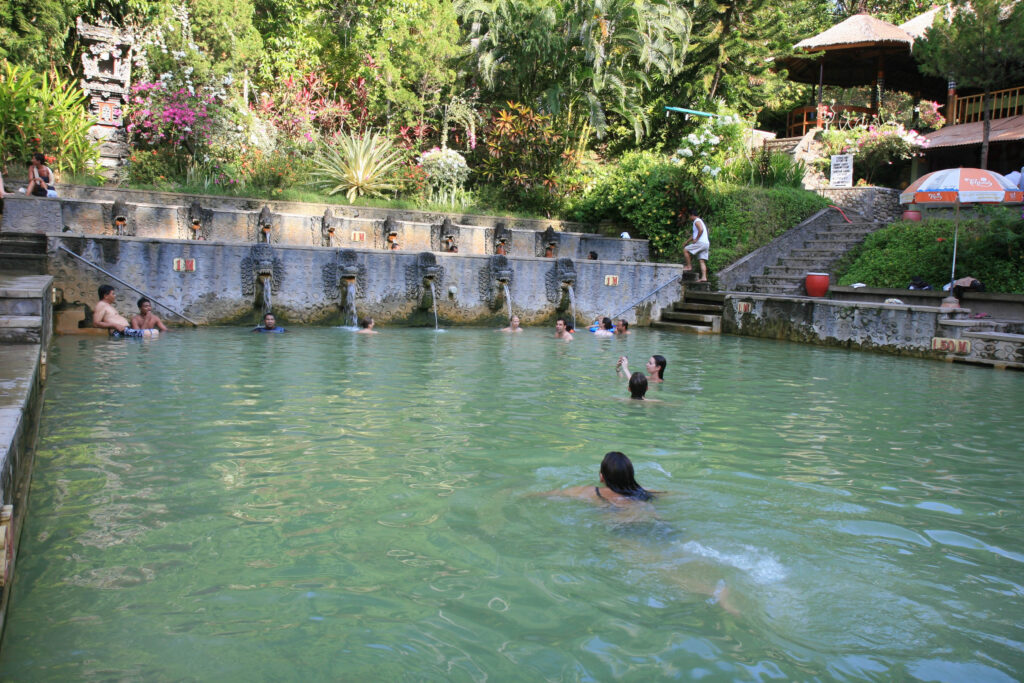
A grandson of the last ruling monarch now operates the gardens, a restaurant and a villa for rent. Starting at the small and quiet Tirtagangga you can enjoy hikes and daytrips through the beautiful flooded rice-fields (sawas) and visit villages and temples in the area.
The Water Palaces of Tirtagangga and Taman Ujung
During his reign, the last king of East Bali built two beautiful water palaces, Ujung and Tirtagangga. The water palace Tirtagangga is constructed around a natural resource of which the water is deemed to be holy. Five basins, fountains and statues from the Hindu culture provide the garden with the appearance of entering an open-air museum. And whether it is related to the water or not, the wealth of trees and flowering plants makes the garden radiate with serenity and peacefulness.
For a small fee you can take a bath in the ‘first’ royal water, a pool that was only intended for the rajah. For even less, you can bathe in the glass clear ‘second’ water, the bath formerly used by the royal household.
Ubud
If you have enough time we recommend you to go on a day trip to Ubud (Central Bali), the cultural capital of Bali. The surroundings of Ubud are very nice and the town has a rich history when it comes to the Balinese painting. In addition, other art forms such as wood carvings and silver smithery are well represented in the area, there are a number of villages around Ubud specialized in all kinds of crafts such as Celuk (silver) and Mas (wood carving).
Ubud is a real Balinese town, the center is touristic, but well worth to visit. It is a lively town with markets, shops, beautiful temples and there are many dance shows you can attend. Ubud is surrounded by many rice fields and you can make beautiful tours. Also, near Ubud you can rafting and canoeing on the Ayung River and there is an elephant camp (all also very nice for children). Ubud is a paradise if you are looking for wood carvings, paintings, batik, bamboo articles and Balinese artwork. Suggestion: to have a drink or lunch at the terrace of Café Lotus in the center of Ubud with superb views over the big pond with lotus flowers and the temple that stands behind it.
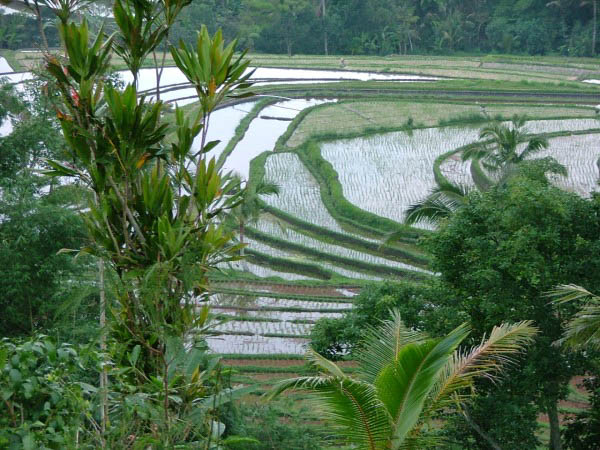
A visit to Ubud is definitely worth it, however it takes about 2,5 hours driving from the villa. You can also visit Ubud on the way from or to the airport as the distance between the airport and Ubud is only 1 hour driving.
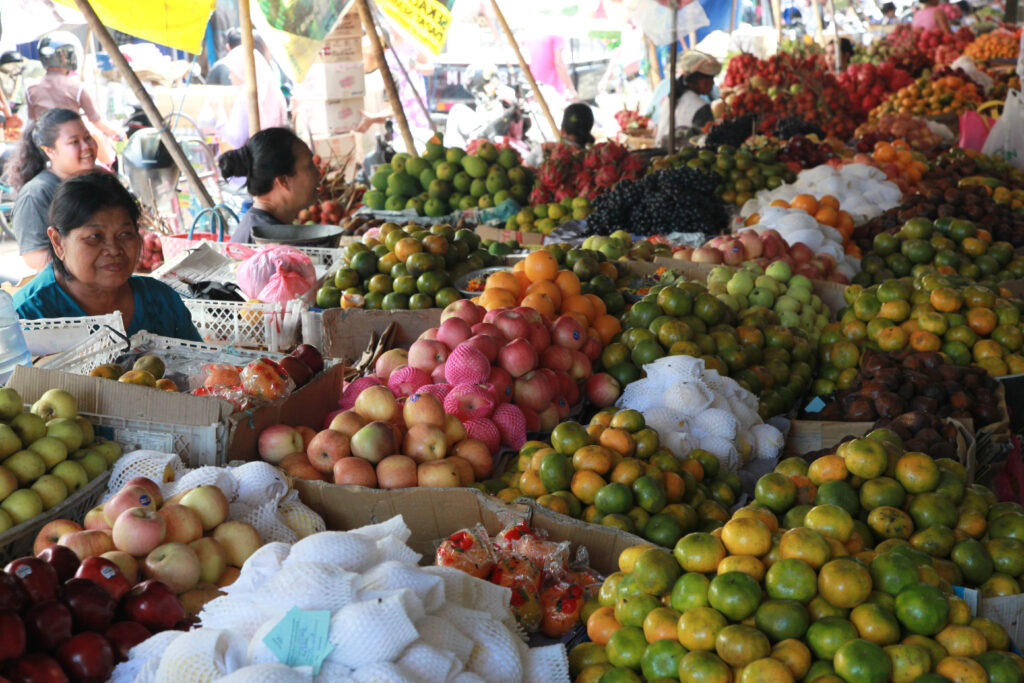
Goa Gajah
The giant elephant cave Goa Gajah is located east of Peliatan near Ubud. The entrance is decorated with fantastic figures, demons, animals and plants. The monstrous head that decorates the entrance appears to lift the rock with its hands. The Goa Gajah dates from the 11th century.
Local markets
In all villages you will find local markets to buy fresh fruit, vegetables, meat and fish. The local markets start early in the morning. The staff of the villa likes to go to the local market to buy fresh things for you. The local market is only 10 minutes away and open until approximately 10.30 in the morning.
Ceremonies
Everywhere on Bali you will see people preparing themselves for a ceremony by making decorations and offerings. These colorful ceremonies will take place on religious Hindu days or on religious family days such as a ceremony for a newborn baby, a ceremony for the youth or a ceremony for the deceased. It is certainly worthwhile attending a ceremony. The staff of the villa or your contact person at the help desk can tell you which ceremony will take place in the neighborhood of the villa during your stay.
Nature
Batakaru National Reserve
The Batakaru Nationanal Reserve can be found in the Tabanandistrict in Central Bali. The reserve consists of three separate areas surrounding the second-highest mountain of Bali, mount Gunung Batakaru (2,275m). The reserve is one of the last untouched rainforests you can find on Bali. In this dense area, you will find high tropical trees surrounded by climbing plants, ferns and orchids. You can also find all kinds of exotic birds andD animals.
Monkey Forest
The Monkey Forest Reserve in Ubud is a protected area for 3 groups of long-tail monkeys. The Monkey Forest also provides a large temple and cemetery. The temple is called Pura Dalem Padangtegal Agung.
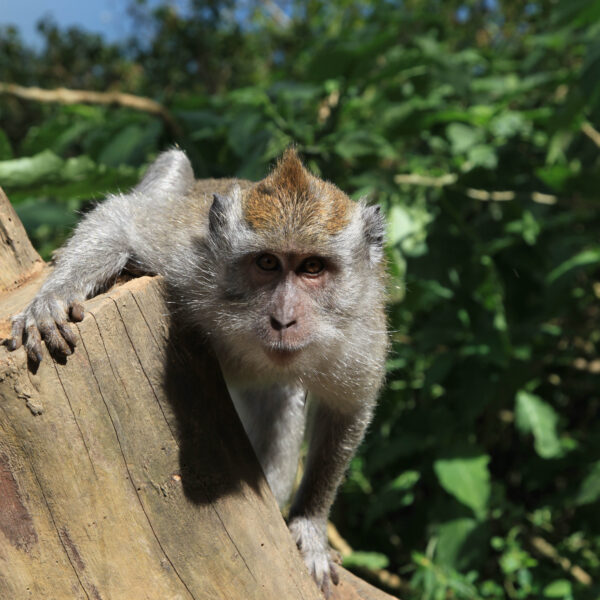
Goa Lawah (Bat Cave)
Between Padangbai and Kusamba you can find Goa Lawah, also called the Bat Cave. There are thousands of bats hanging on the walls of the cave. They sleep there by day and fly outside just shortly before nightfall.
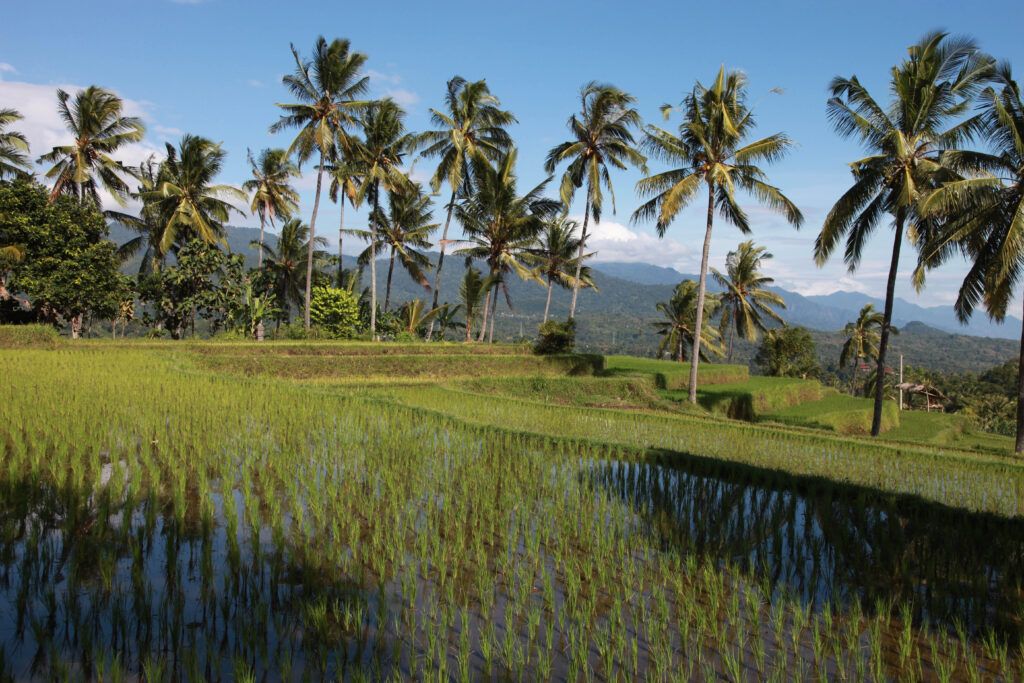
The Bali Barat National Park
The Bali Barat National Park is located on the west side of Bali. The National Park is immense in size and includes 7,000 hectares of protected coral reef off the coast. It is a mountainous area and consists primarily of rain forests, mangrove forest, savannahs and coral reefs. In the park you can find more than 200 types of plants. Some of these plants have a religious and spiritual significance like the banyan tree. The National Park also provides a safe heaven for leopards, wild boars, snakes, iguanas, lizards, turtles, monkeys and huge spiders. You will also be able to find large herbivores like deer, wild buffalo and banteng (ox).
If you want to tour the park this can only be done by hiring a guide. If you prefer to stay for several days in the park, there are several accommodation options in the vicinity of the park for overnight stays. The Bali Barat National Park is an important example of the Friends of the Reef campaign of WWF.
Gunung Agung
The Gunung Agung is the highest and most sacred mountain in Bali. The mountain is 3,142 meters high and you can see Gunung Agung from almost every point on Bali or from the surrounding islands. At the foot of the mountain you will find the main temple of Bali, Pura Besakih, or the ‘Mother Temple’.

